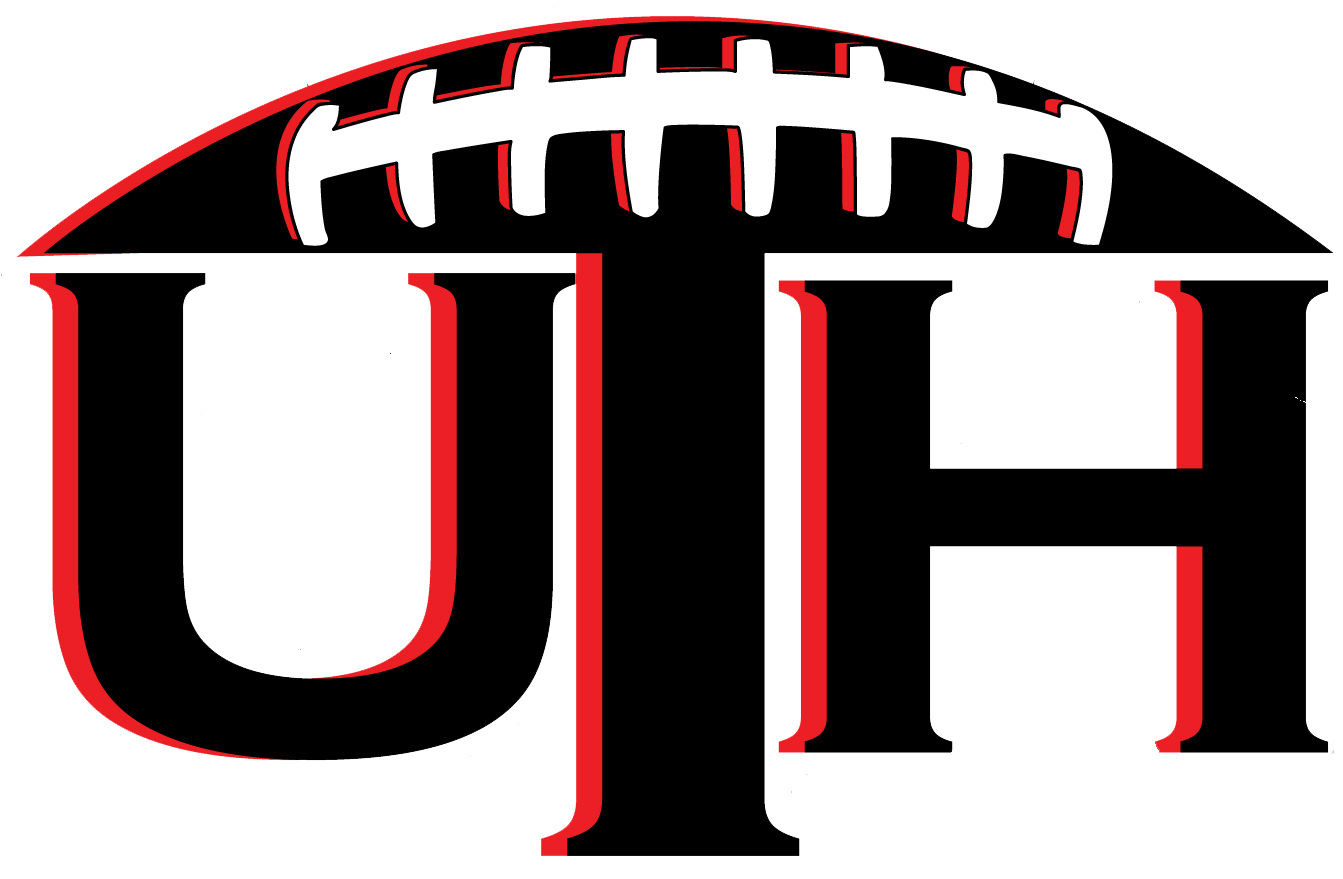With a non-mainsteam view on the dynasty fantasy football playground, I have heard plenty of opposing views to the strategy I began spouting back in 2011 on the BlogTalkRadio 1.0 version of the Under the Helmet podcast. An awareness of the argument against your view is vital on two fronts. First, it provides an opportunity to see life from the other side of the fence. Secondly, it allows for a rebuttal to the common concerns and potential flaws to, in this case, the ‘UTH way’.
‘You are Throwing Away a Fantasy Season’
One of the most common anti-UTH arguments I heard around the online fantasy water cooler is the idea of throwing away a fantasy season (read: Year 1). Starting a new dynasty league is exciting. We join a league and prepare for the initial draft. Then we look forward to competing for titles…right now. Part of that is because dynasty is such a unique animal in the spectrum of fantasy football. Daily fantasy sports is growing at a rapid pace, where each week, even each day is a new season. Wash. Rinse. Repeat. It is redraft on steroids. If redraft is a four-month sprint, daily games are cooking up fantasy football and injecting them directly into the bloodstream. Even shallow keeper leagues, say a handful of players, is a glorified redraft league. Coming from that mindset, it is tough to think truly long-term. The first year of a dynasty league is as important as the second, third, fourth, and so on. While there is some risk in throwing well-researched darts at who the future studs will be 12-24 months from now, one mathematical certainty is the value loss of investing any meaningful capital in players at or beyond the historical career arc age.
In dynasty there are two facets of a player’s value: Roster Value and Market Value. With an older player, their market value is minimal compared to their roster value. Their meaningful value is on a team’s roster and in their starting lineup. Other teams are not all that interested in these players once the league gets rolling. This is where the term ‘Player X is a roster clogger’ or ‘this player will rot on your roster’ originates. The moment they are not a starter for the team owning said older player, they are completely useless in dynasty. On the flip side, younger players have roster value, but also have market value. While few teams will have any interest in a (best case) older producing player, a younger producing player is the 2nd-most universal dynasty asset to rookie picks. Whether a team is competing, rebuilding, or somewhere between, a young prospect or producing player is in-demand.
The first season of a dynasty league is actually the toughest to win. Some teams will be built like dead-red redraft teams; some will be a hybrid of short and long-term; a small number will be forward-thinking. After the opening season, the teams that built their core around older running backs or a 30+ year old receiver in the opening rounds will be on the decline. My comment to those owners is typically ‘well, they better win a title in Year 1 as that is their best opportunity.’ Imagine the hopeless feeling of making the playoffs in the first season, then staring at an older roster with a core player or two on the proverbial career arc cliff. The stakes are tremendously high to hit on an inordinate amount of (likely) late-in-the-round rookie picks on an annual basis. That also cascades into drafting for current positional need over long-term talent.
Ryan McDowell penned the term ‘productive struggle’ for seasons where the playoffs are unlikely. For the record, I have heard from plenty of UTH subscribers and drafters every season that have made title runs in their first season. That is not by design, but one or two of the young talents developing into a weekly starter out of the gate can turn a ‘looking ahead’ team quickly into a strong contender. Whether it was Alshon Jeffery and Josh Gordon outside the top-75 in 2013 fueling a title run that season or in 2014 with Odell Beckham becoming a weekly trump card, that productive struggle can shift to ‘catch me if you can’ later in the same season.
At a mimimum, that ‘lost season’ in year 1 results in a young roster emerging into their prime for the second year with a top rookie pick in each round to bolster the back-end of the roster. Good luck, teams that were built in a ‘win now’ fashion in the startup draft.



